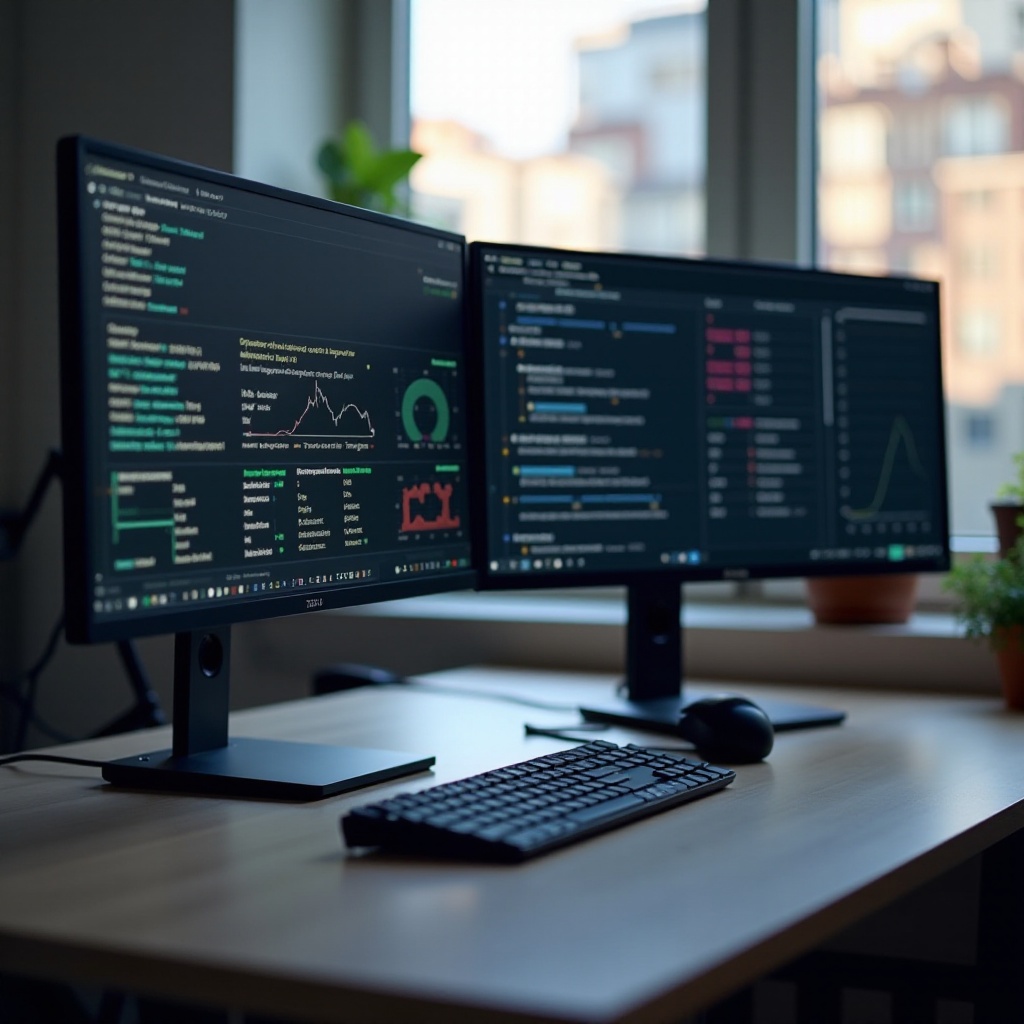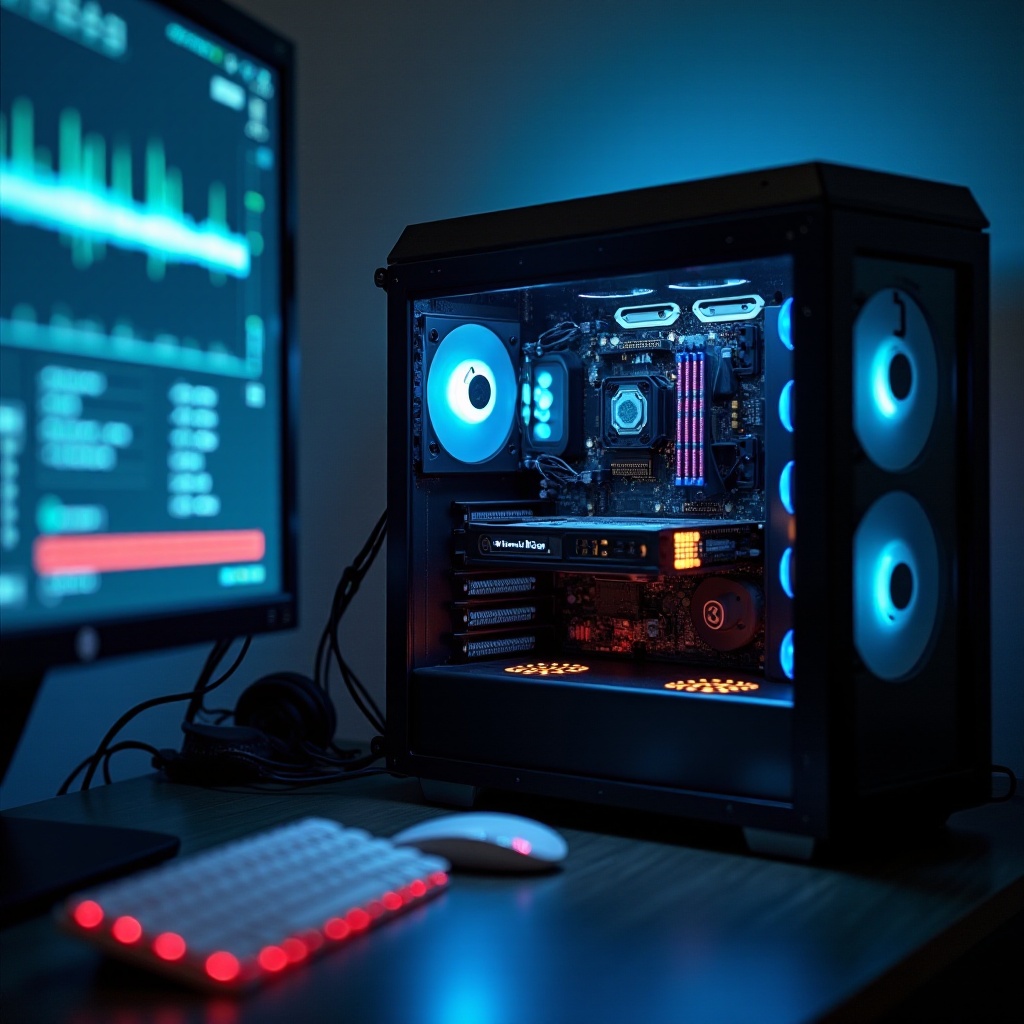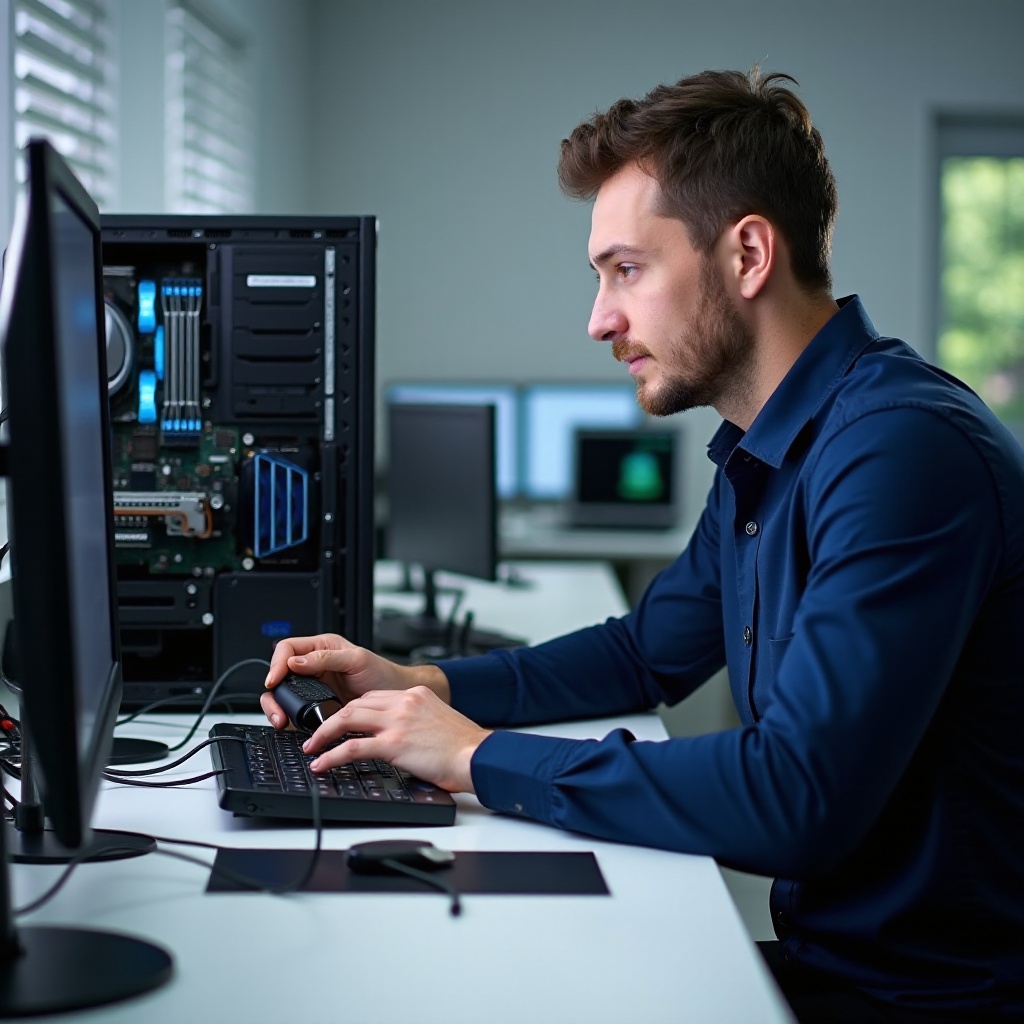How to Identify and Fix Computer Bottlenecks
Introduction
If your computer’s performance is frustratingly slow, you might be dealing with a bottleneck. Knowing how to find and address these bottlenecks is essential to keeping your system running efficiently. In this guide, we’ll explore the symptoms, identification, and solutions for bottlenecks in the CPU, GPU, RAM, and storage. By the end, you’ll have the knowledge needed to ensure your computer performs optimally.

Understanding Computer Bottlenecks
Before we dive into specific components, it’s crucial to understand what a computer bottleneck is. A bottleneck occurs when a single component limits the performance of the entire system. Imagine driving on a highway where one lane is closed; even if the rest of the lanes are clear, traffic will still slow down. Similarly, in computers, if one component can’t keep up, it drags down overall performance. Knowing where these bottlenecks occur helps diagnose and fix them efficiently.
Identifying CPU Bottlenecks
CPU bottlenecks happen when the processor can’t handle tasks as quickly as the rest of the system. This is often seen in scenarios requiring complex computations or multi-threaded applications. To identify a CPU bottleneck:
1. Monitor CPU usage using Task Manager or third-party tools like CPU-Z.
2. If the CPU consistently runs at 100% while other components show less usage, there may be a bottleneck.
3. Look for symptoms like stuttering in games and slow processing times in software.
Identifying CPU bottlenecks is the first step, but what about when you’re facing graphical issues? It’s essential to distinguish between the two to apply the right fix.

Identifying GPU Bottlenecks
Graphics Processing Unit (GPU) bottlenecks usually appear during gaming or heavy graphical workloads. A struggling GPU can significantly affect frame rates and visual quality. Symptoms include:
1. High GPU usage nearing 100% while other components are underutilized.
2. Stuttering or frame drops during gameplay.
3. Lower-than-expected performance in graphic-intensive applications.
4. Use tools like MSI Afterburner or GPU-Z to monitor GPU performance.
Once GPU bottlenecks are identified, the focus might shift to other areas like RAM, which can cause multitasking issues.
Identifying RAM Bottlenecks
Random Access Memory (RAM) insufficiency can cause considerable slowdowns, especially during multitasking or running memory-intensive apps. Indicators of a RAM bottleneck include:
1. Continuous usage of swap space in the hard drive.
2. Long load times for applications or switching between them.
3. System monitors showing high memory utilization.
4. High latency or slow performance with multiple applications open.
RAM bottlenecks can mimic storage issues, so knowing the difference is key to applying the right solution.
Identifying Storage Bottlenecks
Storage bottlenecks usually stem from slow read/write speeds or insufficient capacity. Common indicators are:
1. Long loading times for applications and files.
2. Frequent system freezes or lags when accessing data.
3. High disk usage nearing 100% in Task Manager.
4. SSDs typically outperform HDDs, and tools like CrystalDiskMark can determine if your storage device is a bottleneck.
General diagnostics will converge the details from each component to provide a holistic view of your system’s performance.
General Diagnostic and Troubleshooting
Diagnosing a bottleneck involves monitoring the performance of all components under different workloads. Tools such as HWMonitor, AIDA64, and system utilities provide comprehensive insights. Regular driver updates can resolve performance issues, and ensuring your system is malware-free can prevent unnecessary slowdowns.

Solutions and Upgrades
Once you’ve identified the bottleneck, consider these solutions:
1. Upgrade the bottleneck component: If your CPU is maxed out, upgrade to a more powerful model.
2. Optimize system settings: Tweak operating system settings for better performance.
3. Increase RAM: Adding more RAM can alleviate memory shortages.
4. Switch to SSD: Migrate from HDD to SSD for faster load times.
Conclusion
Identifying and addressing computer bottlenecks ensures a smoother and more efficient system. Through regular diagnostics and appropriate upgrades, you can keep your computer running at peak performance.
Frequently Asked Questions
What are the common symptoms of a computer bottleneck?
Common symptoms include slow performance, system freezes, high CPU or GPU usage, long loading times, and stuttering in games or applications.
How can I tell if my CPU is causing a bottleneck?
Consistently high CPU usage at 100% while other components are underutilized is a strong indicator of a CPU bottleneck.
Are there software tools available for detecting GPU bottlenecks?
Yes, software tools like MSI Afterburner, GPU-Z, and Task Manager can help monitor GPU performance and identify bottlenecks.

